When you go in the grocery store, you can’t escape the low-fat and fat-free messages on food packages. The messages are only right in part; too much of the wrong kind of fat is dangerous to your health. A cinnamon bun sporting fifty-seven grams of fat, for instance, is obviously not a wise choice.
But not all fats are bad. Some fats are just as important as protein and carbohydrates. It doesn’t take much of them, but without them, your body wouldn’t be able to function, so it’s important to become a savvy consumer of fats. Learn which fats you need and which ones you don’t, and where to find each of them.
What Is Fat?
You know what fat is. It’s greasy stuff, stuff that makes you lick your fingers. It’s butter, it’s oil, it’s the soggy cardboard pizza box, the you eat and how you feel. creamy inside of an avocado. Fat’s special trick—besides making food taste rich and heavy—is that it doesn’t dissolve in water. That’s why salad dressing separates into oil and vinegar. It’s also why fat can line the insides of your blood vessels without getting washed away. But don’t get too alarmed just yet. There are three kinds of fats you need to know about: saturated fat, monounsaturated fat, and polyunsaturated fat. And there’s also one crazy thing called a trans-fatty acid, but we’ll get to that in a minute. First of all …
Saturated Fat
Three fats walked into a bar. One was a puddle of liquid, one was kind of squishy, and one was a stick of butter. Which one was the saturated fat? Answer: the stick of butter. Generally, saturated fat is solid at room temperature, liquid when warmer. This is because it’s saturated with hydrogen. Being saturated means that in its chemical structure, every empty space is packed with a hydrogen atom. You wouldn’t think that would matter much, but being stuffed full of hydrogen like that is what makes it stiff and solid and is also what makes it bad for you. Think of the fat that people trim off the sides of steaks and pork chops. Think of lard, margarine, and ice cream. Because we don’t eat much coconut or palm oil, animal products are generally where you find the most saturated fat in American diets. As you can probably predict, saturated fat is the one you don’t want. Eating too much saturated fat increases the level of cholesterol in your body, which is dangerous to your health. Although a little bit of saturated fat is okay—up to10 percent of your daily calorie intake—too much leads to heart disease, cancer, and, well, fatness. These are rampant medical problems here in the United States.
Monounsaturated Fat
Monounsaturated fat, on the other hand, is the healthiest fat. In fact, it actually makes you healthier. It’s called monounsaturated because it’s missing just one of the hydrogen atoms that saturated fat has (mono means one). This makes it liquid at room temperature. When chilled in the fridge, some monounsaturated oils, such as olive oil, become a mushy solid. Monounsaturated fat protects against chronic diseases, such as heart disease and cancer. It helps to raise your levels of good cholesterol, called high-density lipoprotein (HDL), lower your bad cholesterol, called low-density lipoprotein (LDL), and stabilize your blood sugar. Some scientists believe that it even allows your blood to flow better and reduces blood pressure. It’s in avocados, nuts other than walnuts, and olive, canola, and peanut oils. But even with good fats such as these, no more than 30 percent of your daily calories should come from fat.
Polyunsaturated Fat
Polyunsaturated fat is missing more than one hydrogen atom (poly means many), which means it stays a liquid unless the temperature drops well below freezing. The effects of polyunsaturated oils on health are debatable: they are definitely better than saturated fat, but no one seems to agree on just how good they are. The oils from corn, soybeans, safflowers, and sunflowers are mainly polyunsaturated oils.
Essential Fatty Acids
Essential fatty acids, or EFAs, are a type of polyunsaturated fatty acids. There are two main kinds, commonly known as omega-3 and omega-6 fatty acids. Although they are important for our reproductive, cardiovascular, immune, and nervous systems, our bodies cannot make them, so we have to get them from the food we eat. Omega-6 is found in many places, but omega-3 is only found in a few. The best sources are walnuts, flax, hemp, pumpkin seeds, soybeans, olive oil, and wheat germ. Just five walnut halves a day—eighteen grams—is enough to meet your omega-3 needs. Likewise, one tablespoon of flaxseed oil also delivers enough EFAs for one day. Some cereals and soy milks are also fortified with EFAs.
Trans-Fatty Acids
This is the Frankenstein, the monster of the fat world. Trans-fats are totally unnatural, a freak produced in the laboratory. They’re created during food processing when an unsaturated oil—one that’s missing some hydrogen atoms—has hydrogen forced into the empty spaces. This process is called hydrogenation and it turns the liquid fat into a solid. Food manufacturers like to do this for a couple of reasons. One reason is that hydrogenated fats boil at a higher temperature, which is better for deep-frying food. (Better because the food is crisper and absorbs less oil during cooking.) The second reason is that solid fats don’t spoil as fast as nonhydrogenated fats do. This means that Twinkies and potato chips can sit on the shelf for a lot longer without getting too old to eat. I mean, can you imagine a bag of Ruffles going bad the way a loaf of bread does? Well, they don’t, and that’s because they’re hydrogenated.
Useful as this is, it’s terrible news for your body. Trans-fatty acids are two to four times as bad for you as saturated fat. Keep an eye out for them in all processed foods, as well as margarine. Most margarines, while lower in saturated fat than butter, replace it with transfats. But there are a few brands that are safe. Check the nutritional facts.
That’s a lot of numbers and confusing chemistry stuff to remember when you’re in the grocery store staring at packages and trying to figure out what to put in the cart. Don’t stress about the percentages and big words too much. In general, you can bet that any food that’s part of a plant, even if it has a lot of fat, such as olives, is probably good for you. And any highly packaged food or high-fat animal product probably isn’t. The healthiest fats or oils are olive, flaxseed, canola, and soybean. The worst are cottonseed and palm oil.
Sally Kneidel, PhD, is a biologist and journalist. She has taught writing and biology for many years, including tropical ecology on student trips to the rainforests of Costa Rica. She is particularly interested in issues related to the impact of our growing human population on wildlife and habitat. While her first ten books deal strictly with zoology and botany, Veggie Revolution is her first examination of how human behavior, diet, and social responsibility affect the natural environment.
Sara Kate Kneidel, born and raised in North Carolina, earned a B.A. in Spanish and Women’s Studies from Guilford College in 2005, with a minor in field biology. After traveling and farming abroad, she now writes, works, and farms at home. Writing, she believes, is an effective means of raising public awareness of political issues and social concerns. Veggie Revolution is her first book.
Excepted from Veggie Revolution: Smart Choices for a Healthy Body and a Healthy Planet* by Sally Kneidel, Ph.D., and Sara Kate Kneidel (Fulcrum).
- For more tips on plant-based nutrition, make sure to browse VegKitchen’s Nutrition page.
- For lots more features on healthy lifestyle, please explore VegKitchen’s Healthy Vegan Kitchen page.
*This post contains affiliate links. If the product is purchased by linking through this review, VegKitchen receives a modest commission, which helps maintain our site and helps it to continue growing!


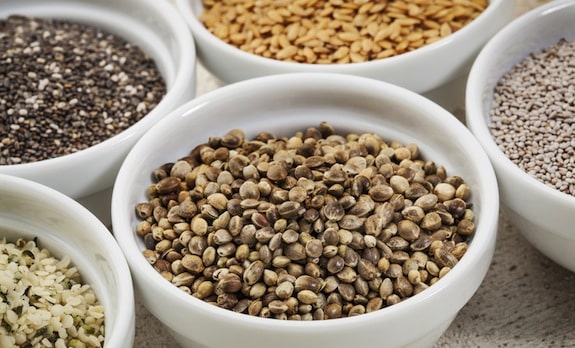
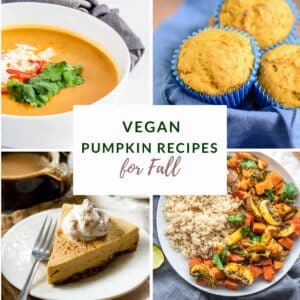
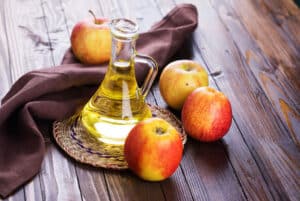
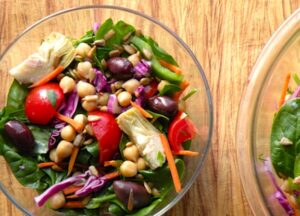
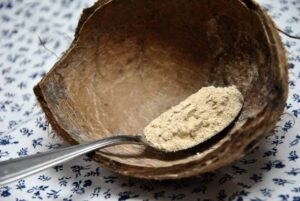
Tom says
You need to do some research, you have it quite wrong.
We are made of fat. Saturated fats are structurally sound and are the best, not the worst.
Trans-fats mostly come from polyunsaturated fats that have been heated.
I'm cured of pulmonary edema/blood clots/deep vein thrombosis by quitting grains and eating fat - lots of it.
Read the work of Dr. Schwarzbein, among others.
Just because everyone believes it, doesn't make it true, you should do some simple research.